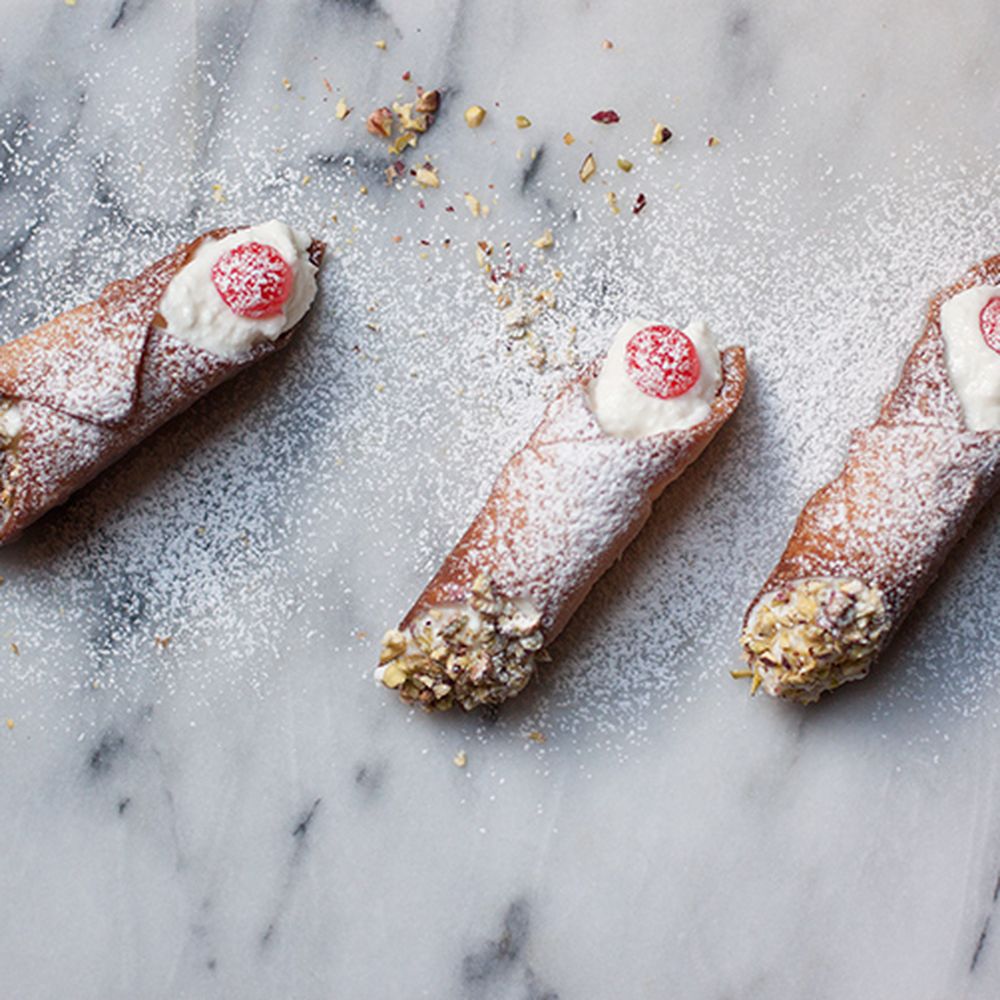Homemade cannoli
Italian cuisine

You will need cannoli tubes—small metallic tubes for rolling the dough around (something like <a href="http://www.amazon.com/Norpro-3660-Stainless-Steel-Cannoli/dp/B000LBU1VQ?tag=food52-20">these</a href>)—to make this recipe.
<br />
<br />I was inspired to try making these after tasting the crisp, ricotta-filled cannoli, dipped on both sides in chopped pistachios, at Caffe dell'Arte in the beautiful baroque town of Modica. I adapted a recipe I found in a Sicilan cookbook by Eleonora Consoli called La Cucina del Sole. It's one of these books that has no pictures and assumes you already know your way around a Sicilian kitchen.
<br />
<br />Making them at home, I realized, is doable and not too tricky—if you follow some important tips:
<br />-- Investing in a candy thermometer is handy for good frying results, but if you don't have one, throw a cube of bread into the hot oil to test if it's ready. It should brown in about 15 seconds.
<br />--Roll out small portions of dough at a time—so thin that it's nearly transparent—and keep the rest of the dough chilled in the meantime.
<br />-- A touch of beaten egg white will help hold the pastry ends together while frying. It's not traditional and expert Sicilian nonnas manage to make these without, but if you find the cannoli are opening during frying, then this will greatly help you.
<br />-- You can make both the dough and the filling ahead of time.
<br />-- Always fill the cannoli just before you want to serve them.
<br />
<br />Variations: Some like to add a teaspoon of bittersweet cocoa powder in the dough for color. In terms of decorating, you can use whatever you like here, from chopped dark chocolate to pistachios to candied fruit (cherries and orange in particular). You can even mix candied orange or chocolate chips into the ricotta. Or, instead of ricotta, you can use pastry cream or chocolate pastry cream.

Comments